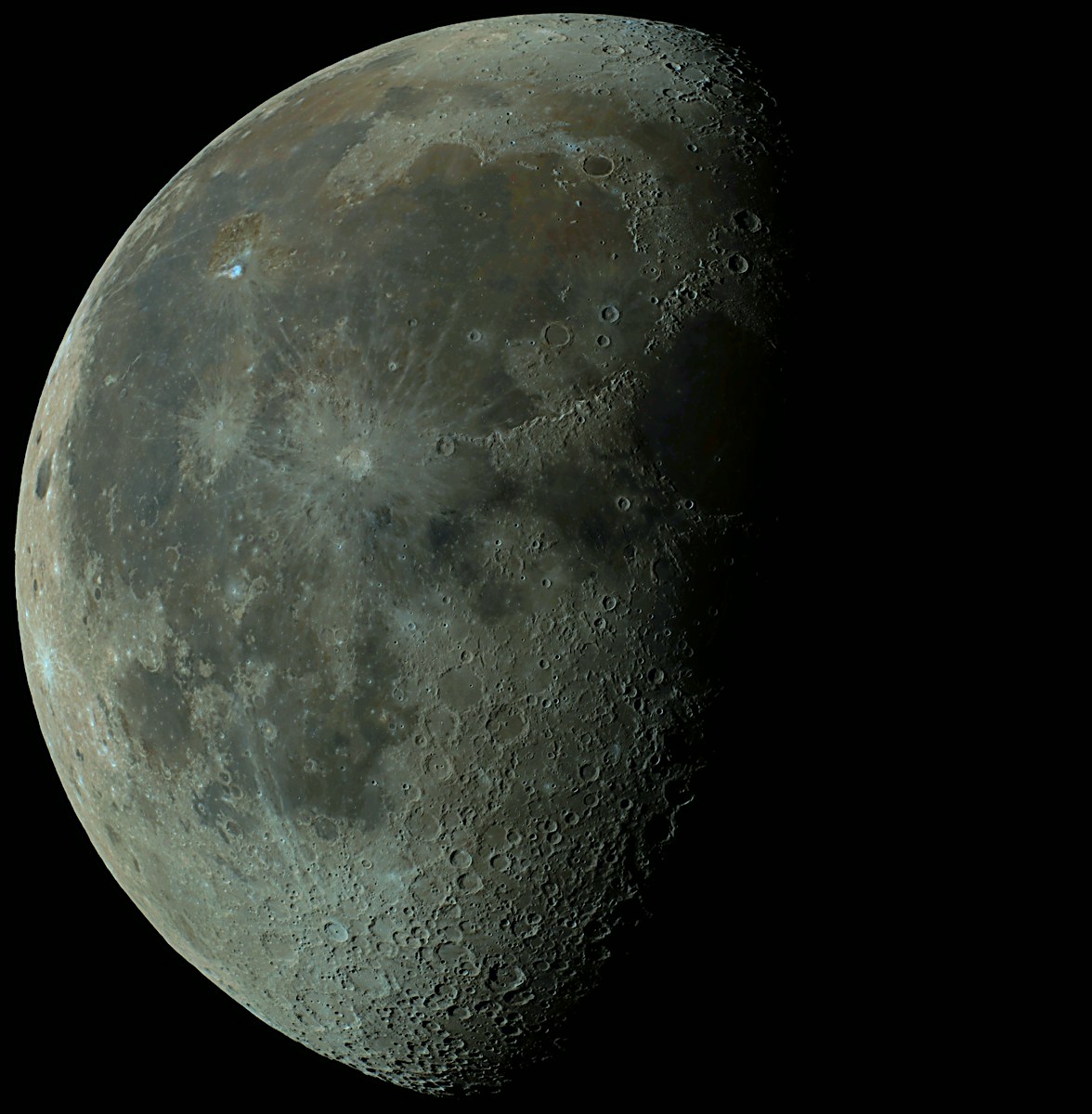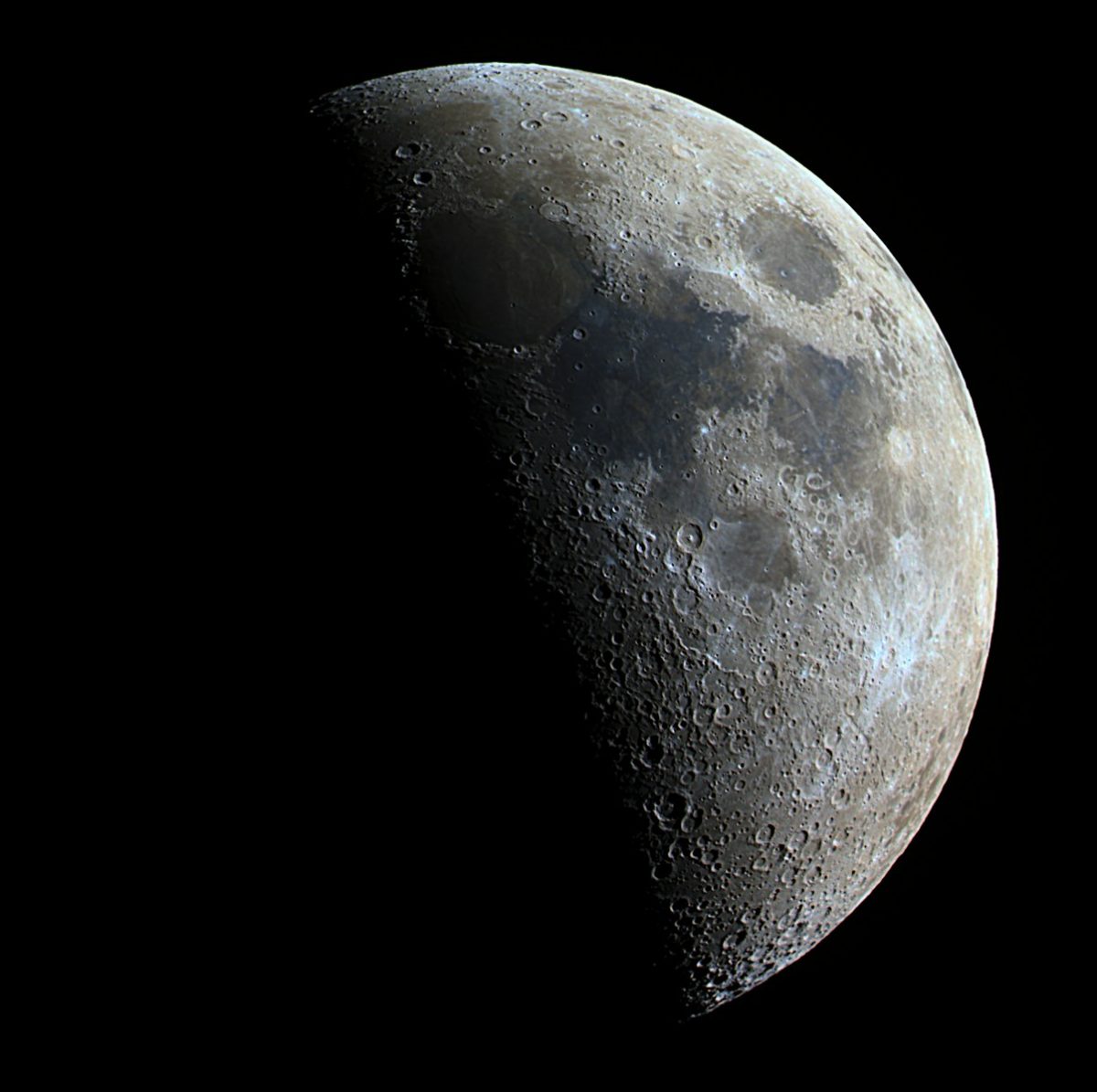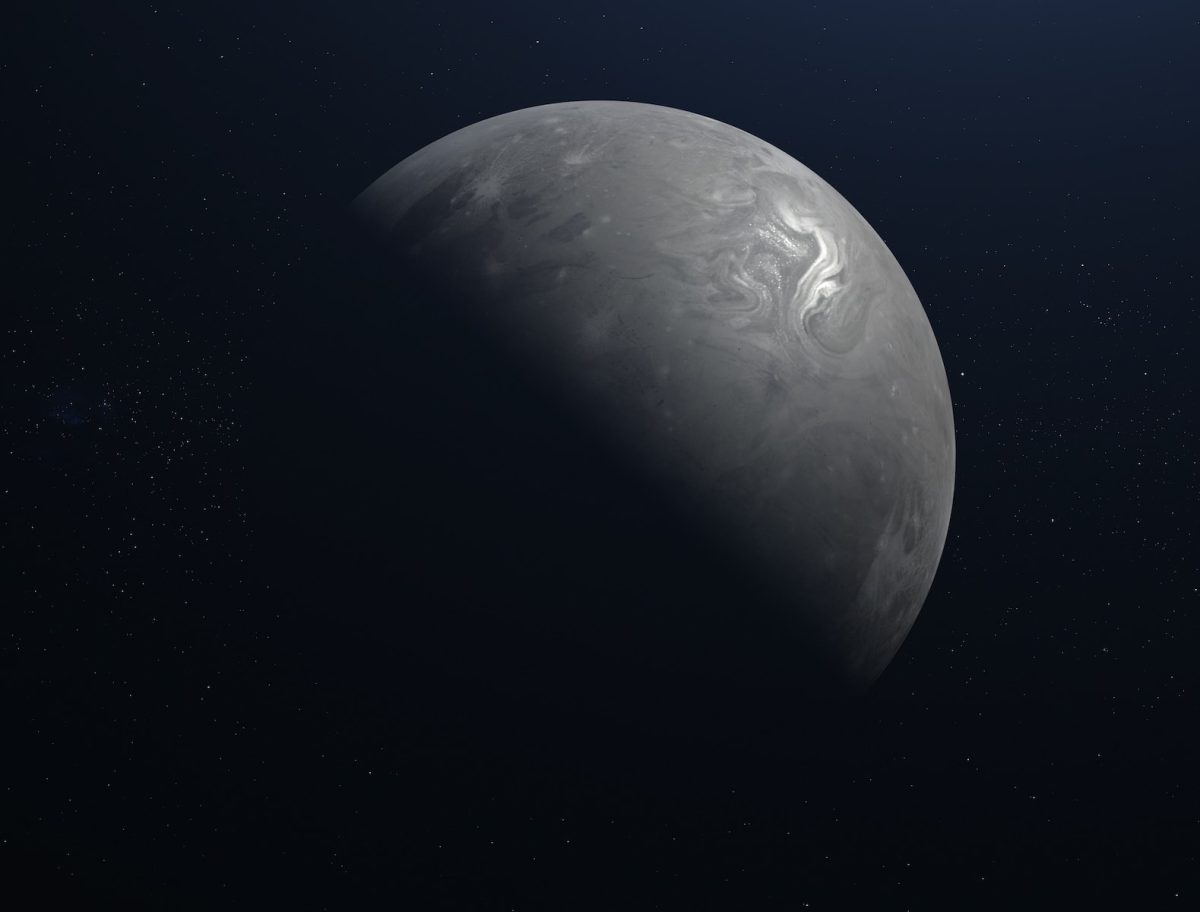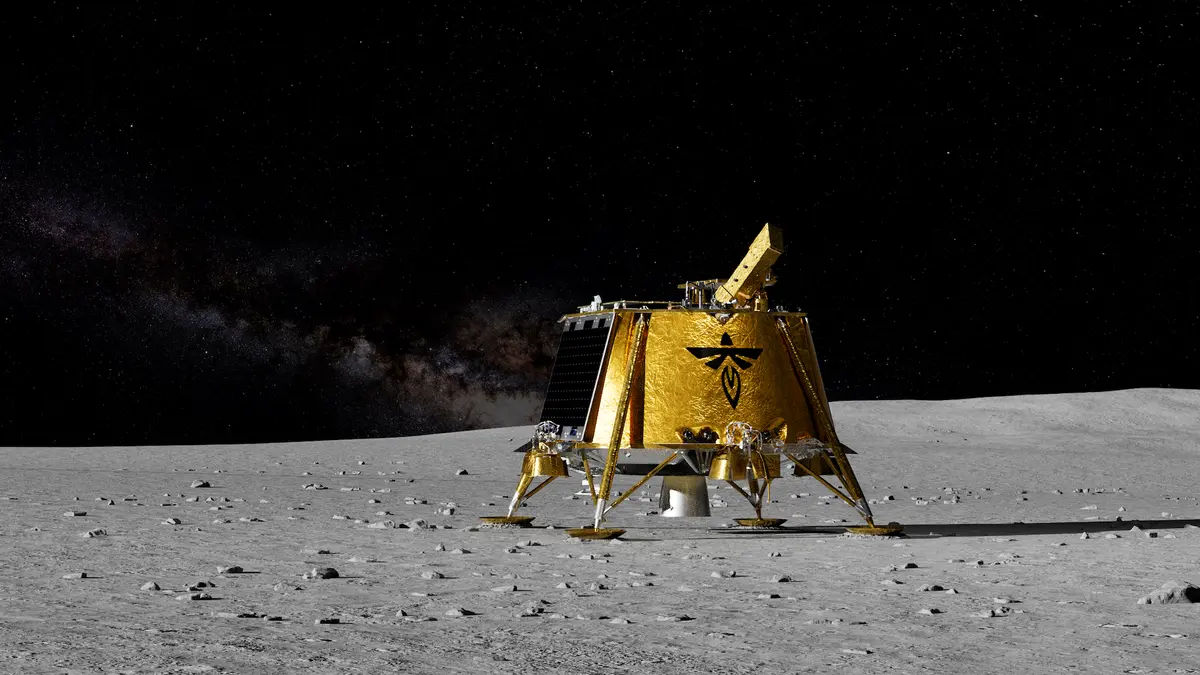
Nasa’s LISTER
Read Story
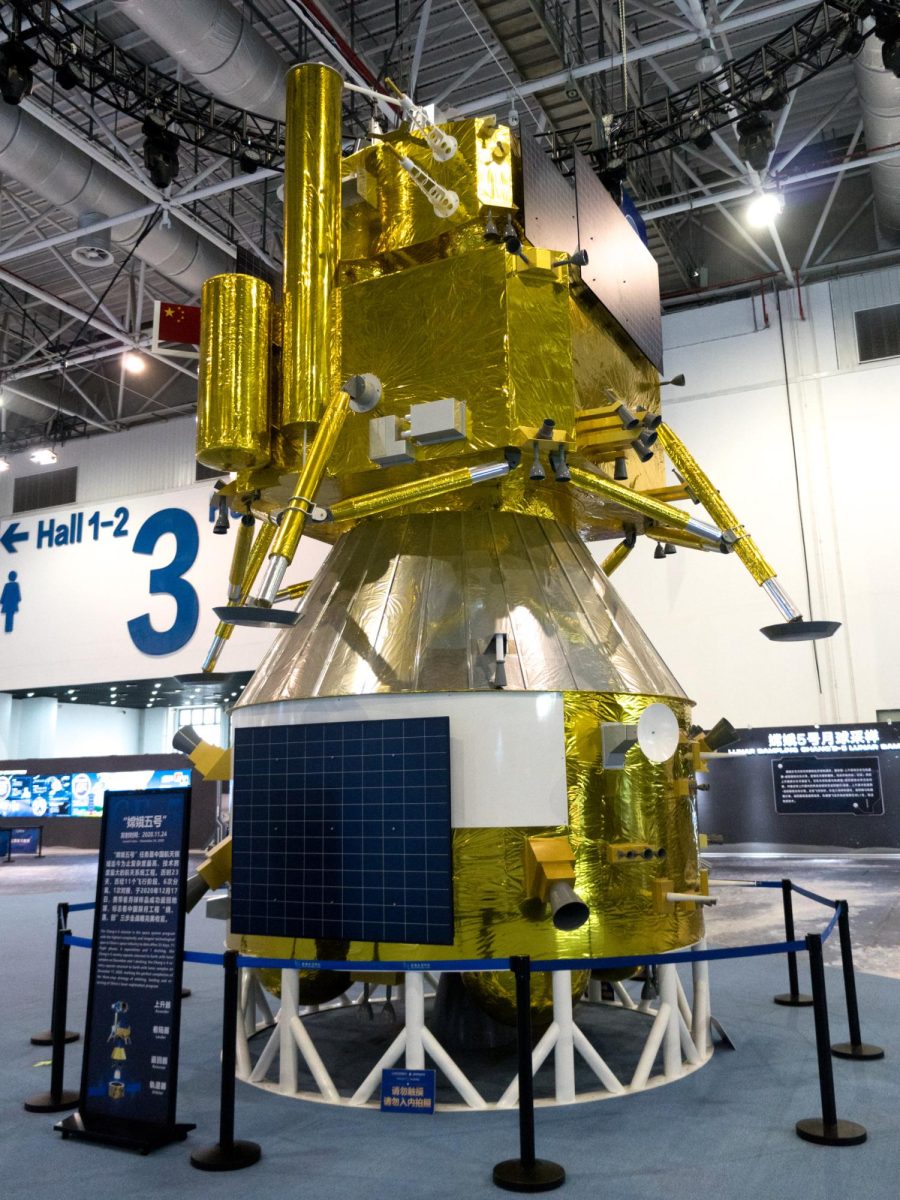
China Lands on the Far Side of the Moon
Read Story
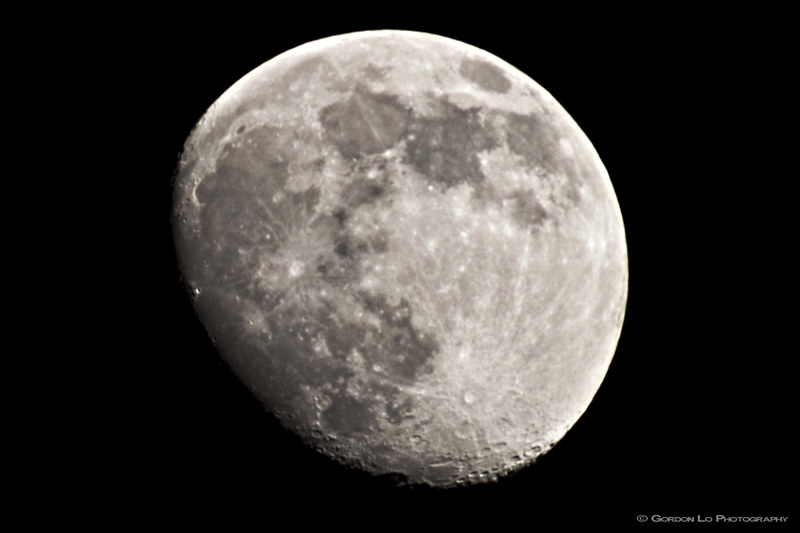
Lunar Laser Ranging Experiments
Read Story
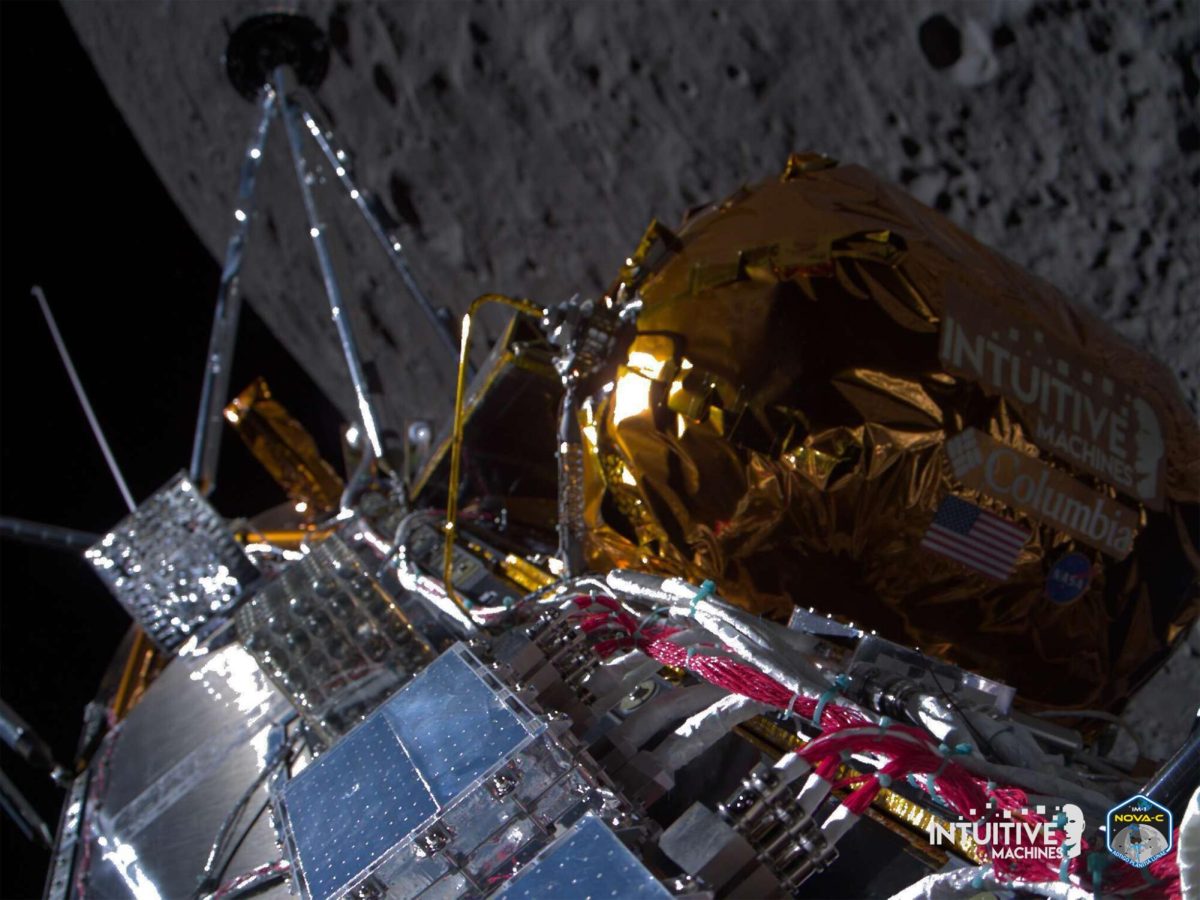
Historic New Moon Landing
Read Story
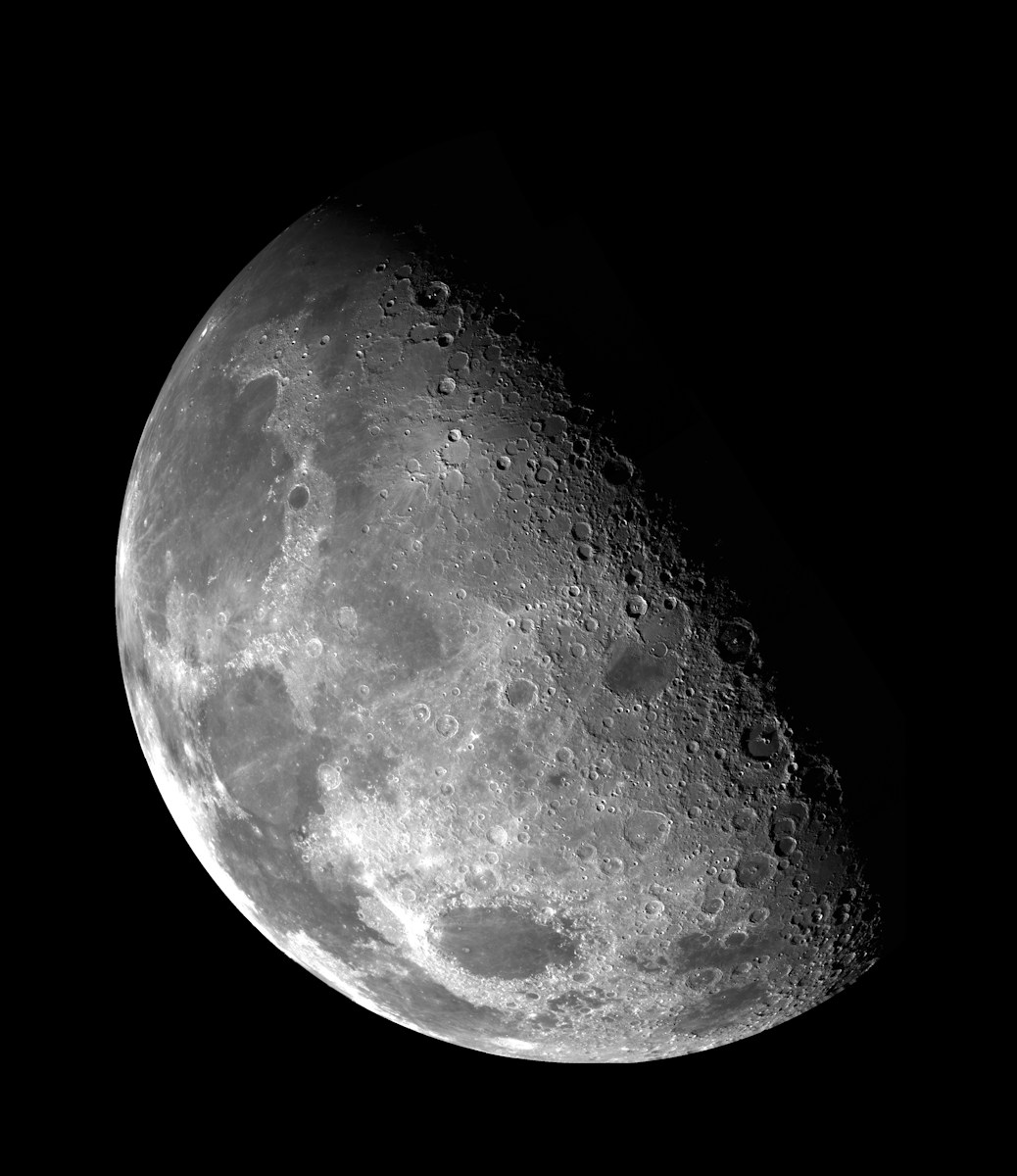
What Would Happen If Our Moon Disappeared?
Read Story

Titan: Exploring Saturn’s Mysterious Moon
Read Story

The Moon And Its Long History
Read Story
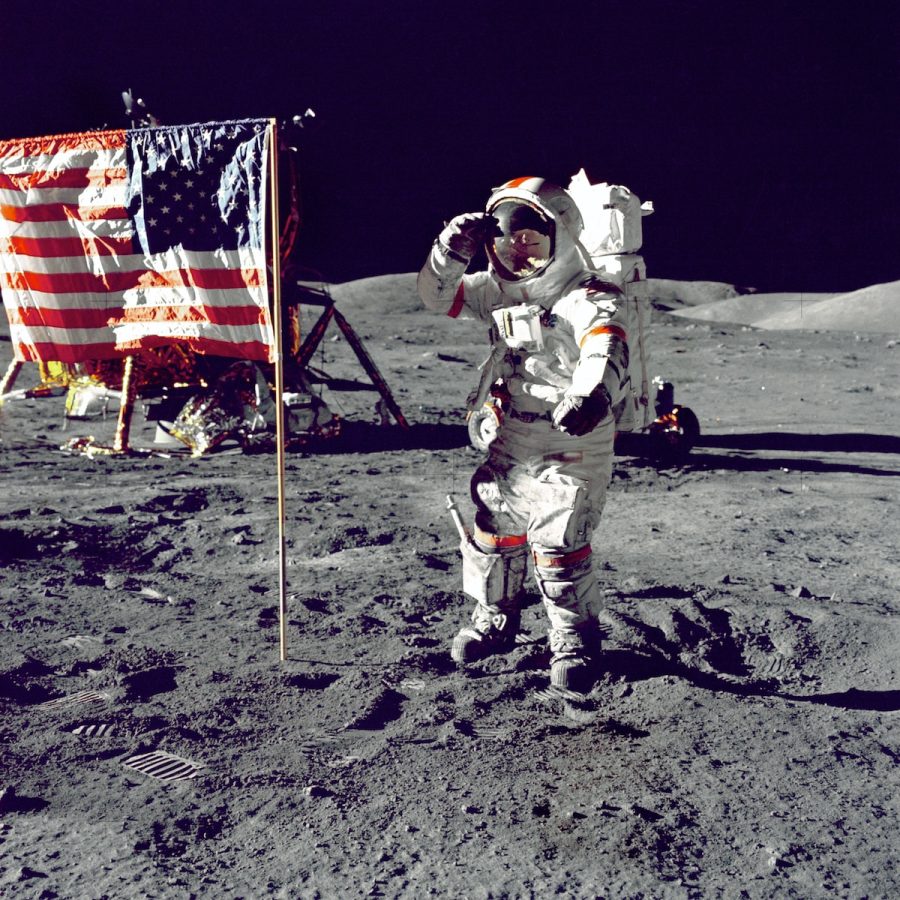
The First Moon Landing
Read Story
